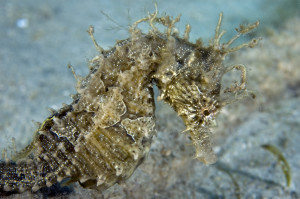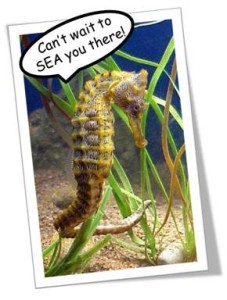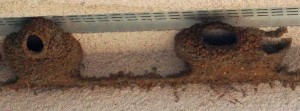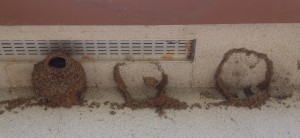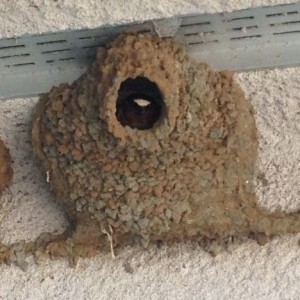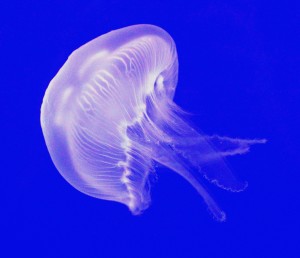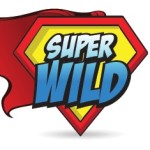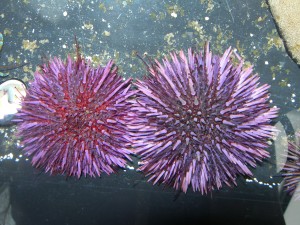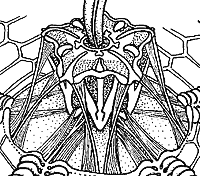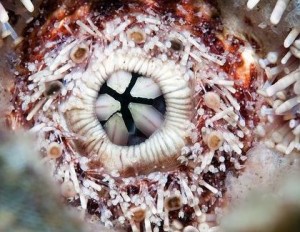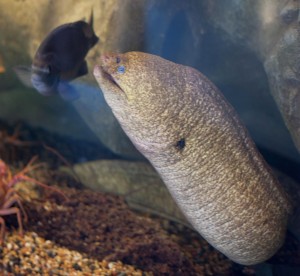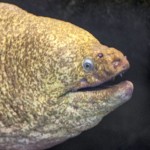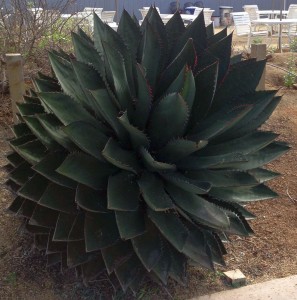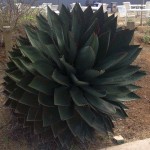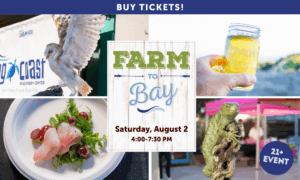Through September 7, 2015…
SuperWild: Discovering Animal Super Powers
This special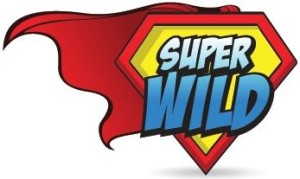 family-friendly exhibit celebrates the amazing world of animal super-heroes, combined with original local artwork. SuperWild, which runs March 28 through September 7, is included with regular admission to the Living Coast.
family-friendly exhibit celebrates the amazing world of animal super-heroes, combined with original local artwork. SuperWild, which runs March 28 through September 7, is included with regular admission to the Living Coast.
Animal Super Powers
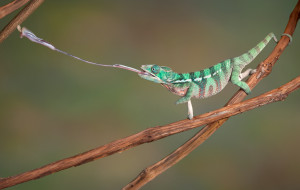 Get up and close and personal with creatures that walk on walls, possess super strength, are invisible to the naked eye, and can even regenerate limbs. There will also be snakes that fish with lightning fast speed, eagle-eyed birds of prey, super-stealth-flying owls, Hulk-sized insects and reptiles that stretch to the extreme—all natural adaptations that help them survive in the wild.
Get up and close and personal with creatures that walk on walls, possess super strength, are invisible to the naked eye, and can even regenerate limbs. There will also be snakes that fish with lightning fast speed, eagle-eyed birds of prey, super-stealth-flying owls, Hulk-sized insects and reptiles that stretch to the extreme—all natural adaptations that help them survive in the wild.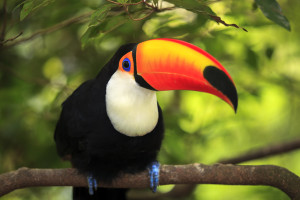
Some of these animals include the Mexican axolotl, pygmy leaf chameleon, bird poop frog, flying draco lizard, fishing ribbon snake, green basilisk, giant millipede, horseshoe crab, pink-toed tarantula,toco toucan and more. In addition, a new roadrunner, affectionately named “Flash” for his super-speed, will be introduced as part of the seasonal exhibit and remain afterwards to join the center’s permanent animal collection.
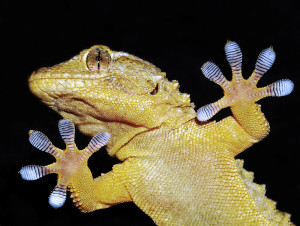
Art Component
In keeping with the Living Coast’s tradition of partnering with local artists for its seasonal exhibits, SuperWild will also include an exciting art component. Artists Debb Solan and Marjorie Pezzoli (aka: the Jellygirls) of FusionGlass Co. and Pezzoli Art have created an extensive “smack” of sea jellies out of recycled materials that will be displayed in the Living Coast’s main galleria to bring awareness to the global issue of plastic ocean pollution. These striking, large-scale jellies have previously been showcased at the NOAA Monterey Bay National Marine Sanctuary, Museum of Monterey, and the Oceanside Museum of Art.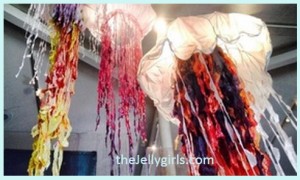
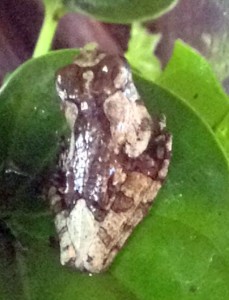 The Bird Poop Frog (it’s really called that) is also called the Pied Warty Frog or the Hill Garden Bug-eyed Frog and its Latin name is Theloderma asperum. But just look at it. This frog sits on branches and blends in with any other bird droppings that might be there, making it virtually invisible to something searching for a tasty frog snack.
The Bird Poop Frog (it’s really called that) is also called the Pied Warty Frog or the Hill Garden Bug-eyed Frog and its Latin name is Theloderma asperum. But just look at it. This frog sits on branches and blends in with any other bird droppings that might be there, making it virtually invisible to something searching for a tasty frog snack.